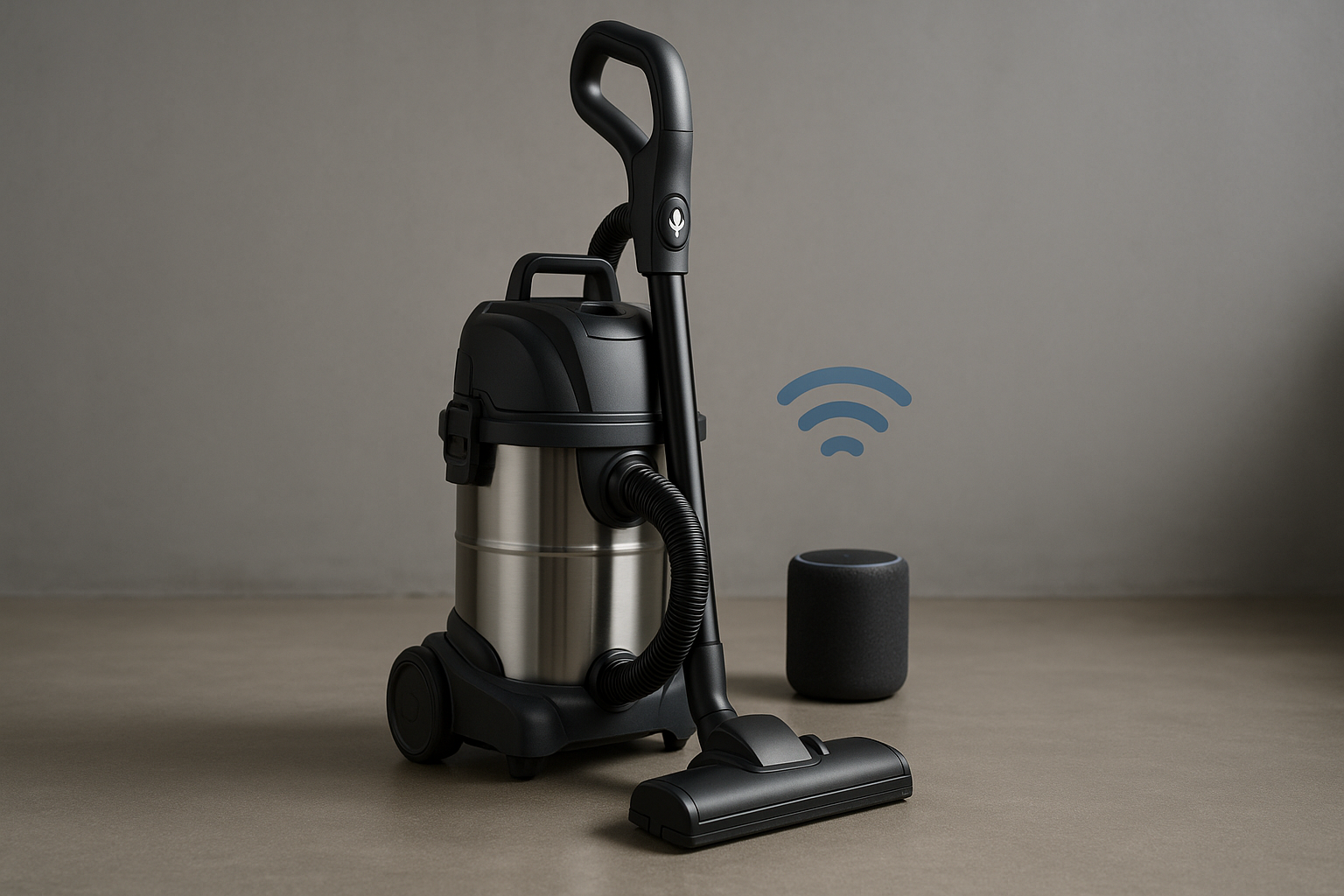Voice control in vacuum cleaners was once seen as a novelty for gadget lovers or tech-forward homeowners. But in the commercial cleaning industry, this feature is quickly proving to be more than a gimmick—it’s becoming a practical tool for productivity, hygiene, and user safety. For building service contractors (BSCs) and facility managers, hands-free control offers real operational advantages.
Practical Advantages in Real Work Environments
In many commercial settings—such as office towers, hospitals, and airports—cleaning staff often operate multiple machines or carry supplies. Being able to control a vacuum with simple voice prompts, like "start cleaning" or "pause suction," reduces the need to bend over or stop mid-task.
One of the most versatile models in our lineup now includes voice responsiveness as a standard feature in a vacuum cleaner that provides high suction while operating quietly, remains portable and lightweight, features self-cleaning and multi-functional capabilities, delivers speed, durability, energy efficiency, and handles large wet and dry loads—all integrated in a commercial-grade smart vacuum cleaner.
This design is especially useful for operators using Li-ion Cordless Handheld Vacuum Cleaners or quiet vacuum cleaner solutions in large areas with varying surface types.
Hygiene and Safety Benefits
Touchless control is more than convenient—it’s sanitary. In medical and food-service environments, reducing contact with equipment can lower the risk of cross-contamination. According to CDC guidelines, hands-free device management is recommended for high-risk environments whenever possible.
For crews using Wet Dry Vacuum Cleaners in industrial zones or cleaning large kitchens with 4 in 1 Cordless Smart Wet & Dry Vacuum Cleaner units, voice commands mean less glove contamination and less contact with dirty surfaces.
Workflow Integration and Accessibility
Voice-controlled vacuums also benefit workers with physical limitations or repetitive strain injuries. In high-frequency cleaning schedules, avoiding the constant use of buttons improves long-term ergonomics. Some brands even allow integration with mobile apps or facility management systems, bringing IoT into janitorial workflows.
Companies like iRobot Business are already prototyping voice-connected autonomous vacuums, showing that commercial adoption is not only feasible—it’s accelerating.
Beyond the Hype
While consumer marketing may hype voice control as a futuristic perk, the commercial sector sees it differently. Here, voice integration is a genuine upgrade to process efficiency, safety, and comfort. In fact, some procurement teams now list "hands-free operability" as a standard requirement in RFPs for industrial Cordless Vacuum Cleaner and Car Vacuum Cleaner solutions.
To explore how smart control systems are shaping commercial cleaning innovation, visit our official site: www.lxvacuum.com — where practical tech meets real-world performance.

















